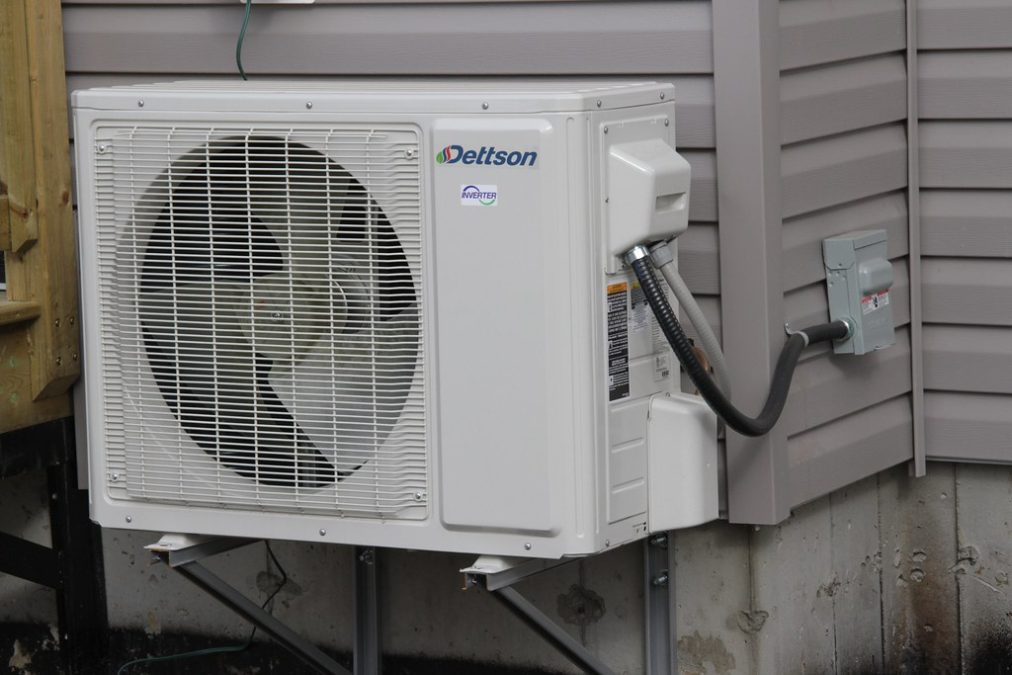Table of Contents
When it comes to climate control solutions, reverse-cycle air conditioning is a versatile and efficient choice for residential and commercial spaces. Unlike traditional cooling or heating systems, reverse-cycle air conditioning or a heat pump offers a unique blend of benefits that cater to various needs and preferences. Read on to explore the advantages of reverse cycle air conditioning installation, shedding light on elevating comfort, efficiency, and sustainability in indoor environments.

Year-Round Comfort
One of the most prominent advantages of a heat pump is its ability to provide heating and cooling functions from a single unit. This feature ensures year-round comfort regardless of external weather conditions. During the scorching summer months, the system operates as an AC, keeping indoor spaces cool. Conversely, when winter sets in, it seamlessly transitions into a heater, offering warmth and cosiness to combat the cold.
Energy Efficiency
Efficiency is crucial for any heating or cooling system, and this heat pump excels in this aspect. Renowned for their energy efficiency, these units provide substantial savings on utility bills when contrasted with conventional electric heaters or ACs. The efficiency is attributed to the technology’s utilisation of heat exchange principles, where heat is extracted from the outdoor air and transferred indoors during winter and vice versa during summer. Many modern reverse cycle units also feature advanced energy-saving modes and programmable settings, allowing users to optimise energy usage according to their preferences and schedules.
Consistent Temperature Control
Maintaining a consistent temperature throughout indoor spaces is essential for comfort and productivity. Heat pumps excel in this regard by delivering precise temperature control with minimal fluctuations. Unlike traditional heating units that produce uneven warmth or cooling, reverse-cycle units distribute air evenly, ensuring uniform temperatures across rooms. This consistency creates a comfortable environment conducive to relaxation, work, or leisure activities without requiring frequent adjustments or manual interventions.
Improved Indoor Air Quality
Beyond temperature regulation, a heat pump contributes to enhancing indoor quality. Equipped with filters engineered for optimal performance, these units effectively capture dust, pollen, and other particles, thereby halting their circulation within indoor environments. Some models also feature built-in purification technologies that enhance quality by neutralising bacteria, viruses, and odours.
Cost-Effectiveness
While the initial investment in such a system may seem significant, the long-term cost savings outweigh the upfront expenditure. The energy efficiency of these translates to lower ongoing operational costs, resulting in substantial savings over time. Additionally, the adaptability of reverse cycle units removes the necessity for distinct heating and cooling systems, thereby lowering maintenance costs and extending the longevity of the equipment. Additionally, many manufacturers offer warranty coverage and maintenance plans, providing peace of mind and additional value for money.
Flexibility in Installation Options
These systems offer a high degree of flexibility regarding installation options, making them suitable for various building configurations and layouts. Unlike traditional heating units that rely on ductwork, many such units can be installed without extensive ducting, reducing installation time and costs. Additionally, some models offer ducted and ductless configurations, providing versatility to accommodate individual preferences and requirements.
Smart Technology Integration
The integration of intelligent technology enhances the functionality and convenience of these heat pumps. Many modern units have Wi-Fi connectivity and can be controlled remotely via smartphones or tablets through dedicated mobile applications. This enables users to adjust temperature settings, monitor energy usage, and schedule operations from anywhere with an internet connection. Furthermore, smart thermostats and sensors optimise energy efficiency by learning user behaviour and adjusting settings accordingly.
Conclusion
Reverse cycle air conditioning installation offers many benefits that enhance indoor environments’ comfort, efficiency, and sustainability. From year-round temperature control to energy efficiency and improved air quality, these units cater to diverse needs while minimising environmental impact. As technology evolves, heat pumps remain a frontrunner in modern climate control solutions, promising optimal comfort and convenience for residential and commercial spaces.



